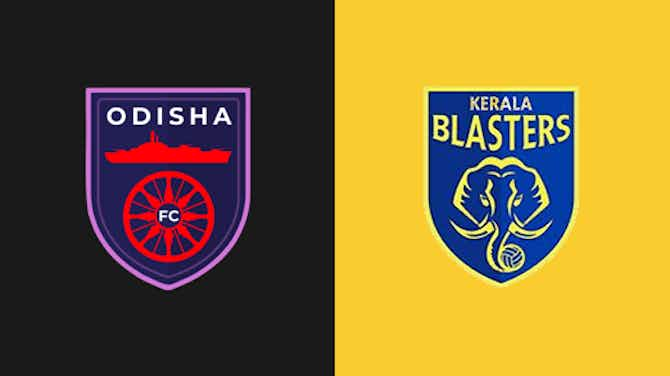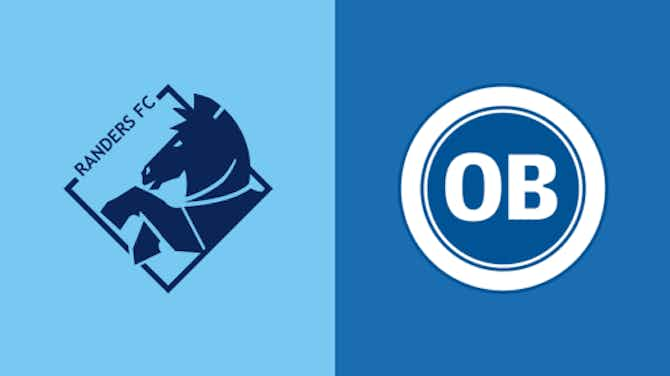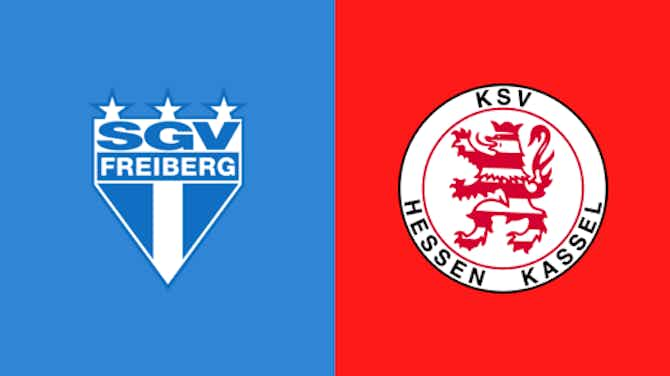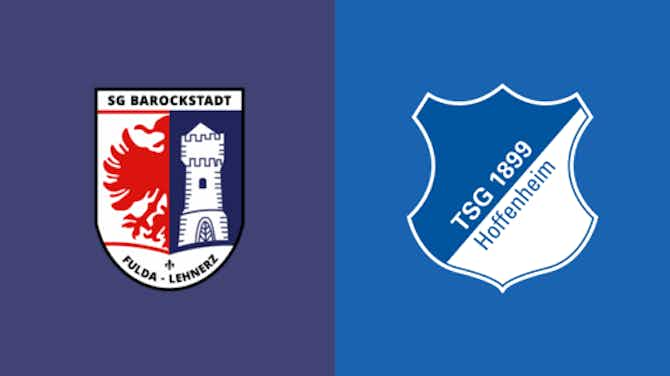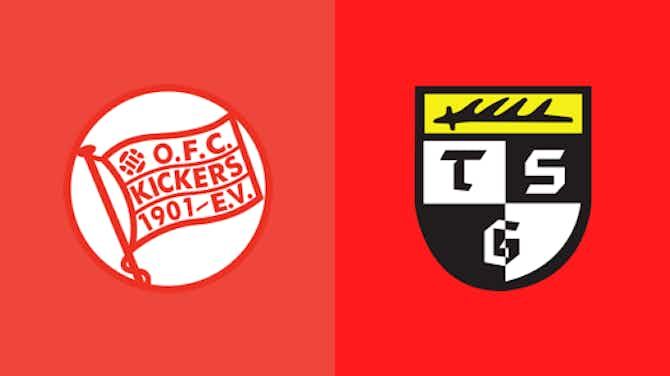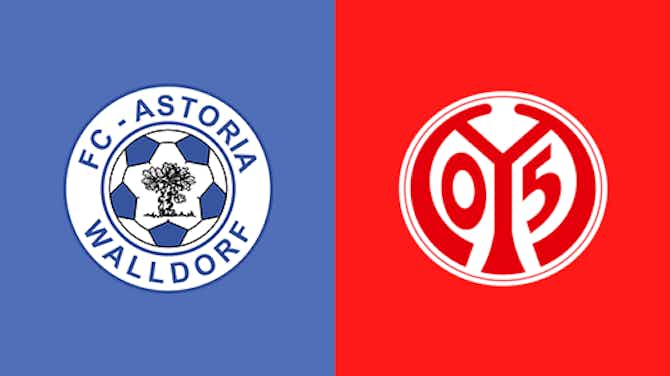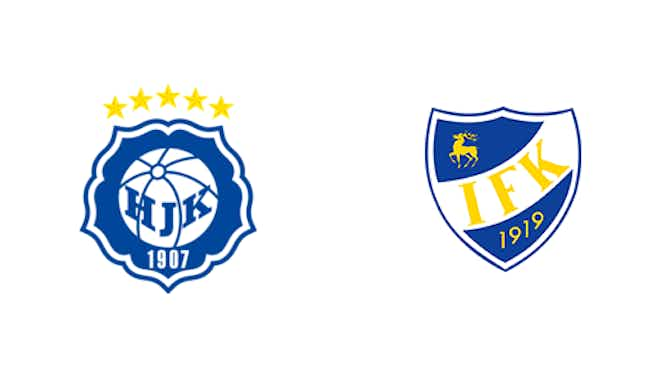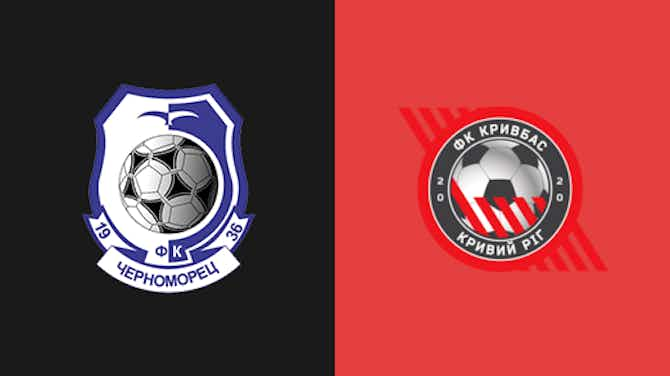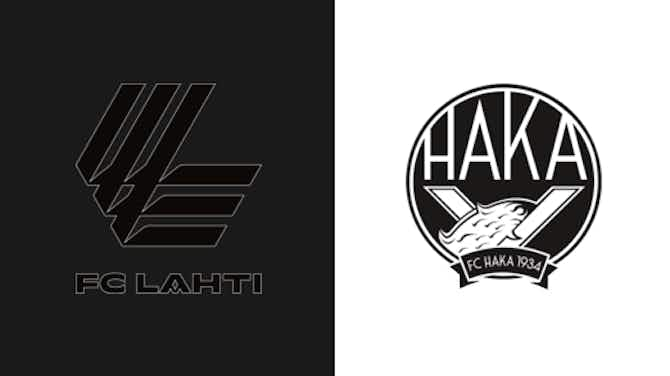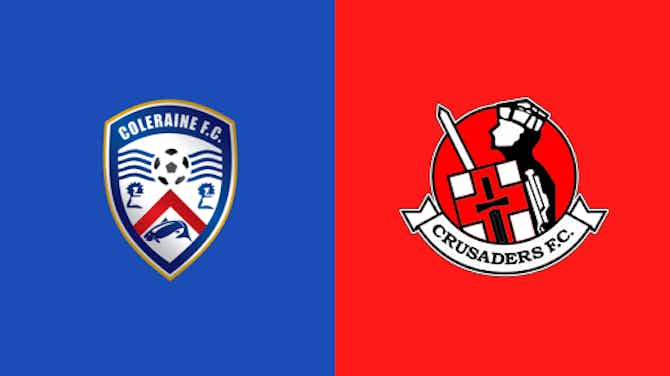caughtoffside
·17 October 2021
Keith Hackett column: Well done to Craig Pawson for how he handled this tricky moment during Leicester City vs Man United
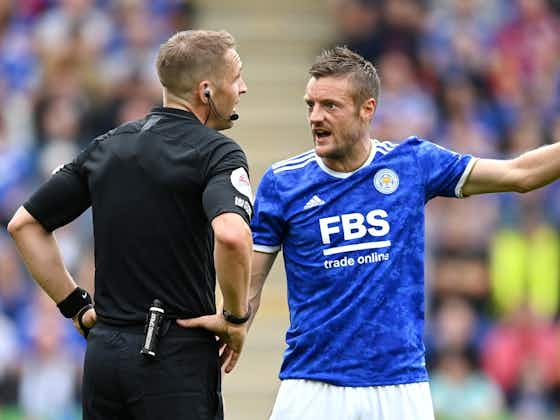
caughtoffside
·17 October 2021

This weekend in Leicester City v Manchester United, referee Craig Pawson witnessed a reckless challenge by United’s Aaron Wan-Bissaka on Leicester’s Timothy Castagne, and applied a terrific advantage that allowed the attack to continue, resulting in a goal for Jamie Vardy. Pawson then rightly returned to issue a yellow card to Wan-Bissaka.
Referees officiating at the highest level of football are aware that the games they are in control of are invariably watched by millions of spectators around the world.
They are also controlling world class players who have terrific playing skills and who earn a great amount of money to entertain us.
Top referees have great empathy with the game and earn respect, controlling games by producing high levels of consistent accuracy in law application.
They also have tactical awareness and one of the skill sets that they must develop is to know when to apply ADVANTAGE without it impacting in a negative way to their control and authority.
Law 5 states “The referee allows play to continue when a team against which an offence has been committed will benefit from such an advantage and penalises the offence if the anticipated advantage does not ensue at that time”.

Former Premier League and FIFA referee Keith Hackett is a columnist for CaughtOffside.com
All advantage decisions are at the discretion of the referee. And based solely on his or her judgment as to the specific circumstances of each individual offence. Usually, an advantage decision cannot be second guessed because to do so would require knowing what would have happened in the absence of the decision.
Either giving it or not giving it could be effective, but it can be seldom described as ‘wrong’.
So, lets consider the factors that should be considered in deciding whether to apply the advantage clause or not to apply the advantage clause.
The following factors play an important part in the referee’s decision-making process, and highlight the judgments which a referee has to make at the time an offence is committed:
• The skill level of the players • The conditions of the field of play • The state of the match • The position of the offence on the field of play • The temperature of the match (Player behaviour/discipline) • Control of the ball by the player fouled or a team mate • The seriousness of the tackle/offence? • An attacking opportunity? • Referees control?
The above are the questions that referees must ask themselves before signalling and shouting “advantage”…
The skill level of the players is a factor that the referee would need to consider and as a general principal the higher the skill level the more likelihood of applying an advantage to the offended team. In grassroots football, the age of the players also needs to be considered in the referee’s decision making. Young players are often still developing at this early age and may lack the experience and physical aptitude to understand and benefit from an application of advantage.
Poor playing conditions due to the weather and condition of the pitch will also affect the extent to which advantage can be applied. A bumpy playing surface or a muddy surface that can affect the ball from rolling freely.
More Stories / Latest News
I often when coaching match officials make reference to the ‘Traffic Light’ analogy which can be a guide to referees when and where on the field of play advantage should be applied.
I advise that the referee should divide the playing field into three distinct areas. If the team in possession are in this area of the field of play moving the ball out of defence and have opponents in close proximity it is dangerous to apply advantage. In the YELLOW zone take care for possession of the ball is not always an advantage. In the GREEN zone refrain from blowing given that a skilful player may be able to outsmart an opponent and you certainly do not want to be blowing to rule out the potential of the attacking team from scoring if one of their players has been fouled.
So, when coaching referees, I am clear that the officials reaching the upper echelons of the game, through their experience often make very good judgments when to apply ADVANTAGE. Well done, Craig Pawson.






